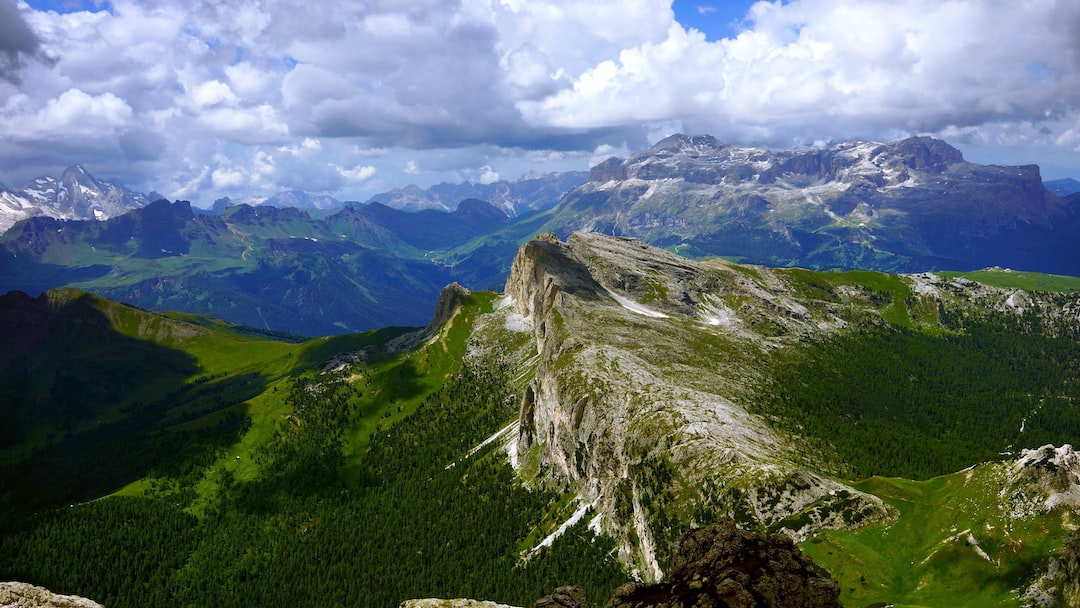10 Tips for Safe and Enjoyable Solo Hiking
Hiking is an amazing way to connect with nature, challenge yourself, and enjoy breathtaking views. While it can be a wonderful experience to share with friends or loved ones, there is something uniquely rewarding and empowering about embarking on a solo hiking adventure. However, solo hiking poses its own set of challenges and risks that need to be addressed to ensure a safe and enjoyable experience. Here are 10 tips to help you navigate the trails with confidence:
1. Research and plan: Before setting off on your solo hiking adventure, be sure to thoroughly research the trail you plan to hike. Check the difficulty level, trail conditions, weather forecasts, and any local regulations or restrictions that may apply. Inform friends or family of your hiking plans, including your estimated return time.
2. Know your limits: Solo hiking should only be attempted by experienced hikers who are well-acquainted with their physical limitations. Be honest with yourself about your fitness level and choose a trail that aligns with your abilities. Gradually challenge yourself as you gain more experience.
3. Pack smart: One of the most crucial aspects of solo hiking is being prepared. Carry a well-equipped backpack containing essential items such as a map, compass, first-aid kit, extra clothing, emergency shelter, plenty of water, and high-energy snacks. It’s always better to be over-prepared than under-prepared.
4. Dress appropriately: Wear appropriate clothing and footwear for the weather conditions and terrain you’ll be encountering. Dressing in layers is advisable as it allows you to adjust your clothing according to the changing weather. Don’t forget a hat, sunglasses, and sunscreen to protect yourself from the sun.
5. Stay hydrated: Proper hydration is vital during any hiking expedition, but even more so when you’re hiking alone. Keep drinking water regularly to avoid dehydration. It’s a good idea to carry a portable water filter or purifying tablets to ensure a clean water supply if needed.
6. Be mindful of your surroundings: When you are alone in the wilderness, it’s important to be fully present and aware of your surroundings. Watch your step, stay on marked trails, and avoid risky shortcuts. Pay attention to wildlife and respect their habitat by maintaining a safe distance.
7. Stay connected: While solo hiking is all about solitude, it’s crucial to stay connected in case of emergencies. Carry a fully charged cell phone, but be aware that signal coverage may be limited in remote areas. Additionally, consider investing in a personal locator beacon that can send a distress signal to emergency services if needed.
8. Stay on schedule: Stick to your planned itinerary and make sure to pace yourself accordingly. Don’t underestimate the amount of time needed to complete a trail. Keeping to your schedule is important to ensure you have enough daylight to complete your hike safely.
9. Trust your instincts: Instincts are a powerful survival tool. If you feel uncomfortable or unsafe, trust your gut and don’t hesitate to turn back or seek help. Always listen to your body and take breaks when needed to rest and replenish your energy.
10. Enjoy the journey: Finally, remember that solo hiking is not just about conquering a trail; it’s about connecting with yourself and the natural world around you. Take the time to immerse yourself in the beauty and serenity of the wilderness. Reflect, meditate, and appreciate the solitude that solo hiking provides.
Solo hiking can be an incredible adventure that allows you to challenge yourself physically and mentally while finding peace and tranquility in nature. By following these tips, you’ll be well-prepared to embark on a safe and enjoyable solo hiking journey. Remember to prioritize your safety, be prepared, and soak in the wonders of the great outdoors. Happy hiking!


